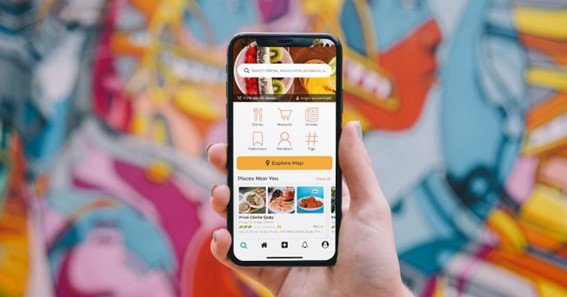In today’s mobile-first world, having a website is no longer enough. To stay competitive and engage users, many businesses are now considering how to create a mobile app for your website. A mobile app provides a more seamless and optimized experience for users who prefer to interact with content via their smartphones. In this guide, we’ll walk you through the process of turning your website into a fully functional mobile app.
How to Create a Mobile App for Your Website: The Basics
The process of how to create a mobile app for your website involves several key steps, from planning and designing to development and deployment. Here’s a breakdown of each stage.
Step 1: Understand Why You Need a Mobile App
Before diving into the technical aspects, it’s important to understand the benefits of turning a website into an app. A mobile app offers a better user experience with faster loading times, push notifications, and offline access. It also improves customer retention and engagement, allowing users to interact with your brand more frequently.
Step 2: Choose Between Native or Hybrid Apps
When you build a mobile app for your website, you need to decide whether to go for a native app (built specifically for Android or iOS) or a hybrid app (which works across both platforms). Native apps tend to offer better performance, but hybrid apps are quicker and more cost-effective to develop.
Step 3: Select the Right Tools for Website-to-App Conversion
There are many tools available to help with website to mobile app conversion. Some of the best tools for website-to-app development include:
- Appy Pie: A no-code platform that makes it easy to turn a website into a mobile app.
- Convertify: Specifically designed to convert website into mobile app with minimal effort.
- Adobe PhoneGap: Ideal for building cross-platform apps that integrate website features.
Step 4: Integrating Website Features Into a Mobile App
When you create a mobile app from your website, it’s essential to focus on integrating website features into a mobile app in a user-friendly way. Key elements to consider include:
- Navigation: Ensure that menus and links are optimized for mobile use.
- Forms and Data Entry: Streamline any forms to make them easier to complete on a mobile device.
- Multimedia: Adapt images, videos, and other media to fit smaller screens without sacrificing quality.
Step 5: Mobile App Development for Websites
The next step in mobile app development for websites is to start the actual build. If you’re using a no-code tool, this involves selecting templates and adding features. For more complex apps, you may need to work with a developer to ensure that your website’s back-end functions, such as databases and user accounts, integrate seamlessly with the app.
Step 6: Test and Launch Your App
Once your app is built, you’ll need to thoroughly test it on both Android and iOS devices. Ensure all features work smoothly and that the app offers a seamless experience. After testing, you can submit your app to app stores (Google Play and Apple App Store) and start promoting it to your website users.
Benefits of Turning a Website into an App
There are many advantages to turning a website into an app, including:
- Better User Experience: Mobile apps load faster and provide smoother interactions than websites.
- Increased Engagement: Features like push notifications help keep users connected with your content.
- Offline Access: Apps allow users to access certain content even without an internet connection.
- Higher Conversion Rates: Users are more likely to complete purchases or interactions within an app compared to a mobile website.
FAQ
- What are the steps to develop a mobile app for a website?
The steps to develop a mobile app for a website include planning, choosing the right development tools, integrating website features into the app, testing, and launching. - What are the best tools for website-to-app development?
The best tools for website-to-app development include Appy Pie, Convertify, and Adobe PhoneGap, which offer easy solutions to turn your website into an app. - Can I convert my website into a mobile app without coding?
Yes, you can convert your website into a mobile app using no-code platforms like Appy Pie or Convertify, which make the process simple and efficient. - What are the benefits of turning a website into an app?
The benefits of turning a website into an app include better user experience, increased engagement, offline access, and improved conversion rates. - How do I integrate website features into a mobile app?
When integrating website features into a mobile app, focus on mobile-optimized navigation, media adaptation, and ensuring all back-end functions work seamlessly within the app.
By following this guide on how to create a mobile app for your website, you’ll be able to transform your website into a powerful mobile app that enhances the user experience and boosts engagement. Whether you’re using no-code tools or working with a developer, the process is now more accessible than ever, allowing businesses to tap into the growing mobile market with ease.










